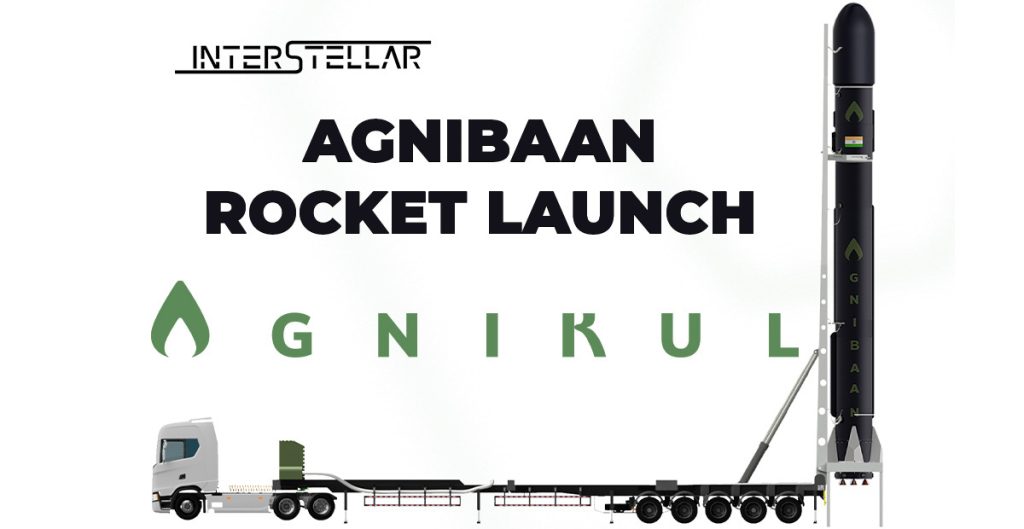Agnikul Cosmos to Launch 3D-Printed Agnibaan Rocket
Indian aerospace startup Agnikul Cosmos has announced the launch of its 3D-printed, semi-cryogenic Agnibaan rocket. The launch window is set between May 28 and June 5. The Chennai-based company shared the update on social media platform X, stating, “NOTAM issued. It is launch time.”
Launch Details and Location
The launch is scheduled to take place at the Satish Dhawan Space Centre, operated by the Indian Space Research Organisation (ISRO) in Sriharikota, Andhra Pradesh. This launch follows a previously aborted attempt on April 7, when the maiden launch of the Agnibaan rocket was called off just 92 seconds before lift-off due to technical issues.
Previous Launch Attempts
This will be the third attempt at launching the Agnibaan Sub-Orbital Technology Demonstrator (SOrTeD) since the initial planned date on March 22. The April 7 attempt was halted due to a communication issue between two onboard hardware components. Despite the setback, Agnikul Cosmos expressed confidence in their Automated Launch Sequence (ALS) system’s performance and vowed to address the issue before rescheduling the launch.
About the Agnibaan Rocket
The Agnibaan is a customisable, two-stage launch vehicle designed to carry payloads of up to 300 kg into an orbit of approximately 700 km. The rocket features a semi-cryogenic engine using a mix of liquid and gas propellants, a technology yet to be demonstrated by ISRO in its rockets.
The SOrTeD mission will showcase a single-stage launch vehicle powered by the indigenously developed Agnilet engine, which uses sub-cooled Liquid Oxygen (LOX) and Aviation Turbine Fuel (ATF). The rocket is also equipped with four carbon composite fins for passive control.
Mission Overview
The mission will last just over two minutes from launch to splashdown. Key phases include:
- Lift-Off and Pitch-Over Manoeuvre: The vehicle will initiate a controlled rotation to change its orientation from vertical to a predetermined angle relative to the ground or its flight path, approximately four seconds after lift-off.
- Wind-Biasing Manoeuvre: At around 39 seconds into the flight, the vehicle will perform a manoeuvre to adjust for wind conditions.
- Reaching Apogee: The rocket is expected to reach its farthest point from the launch site, or apogee, at around 1 minute 29 seconds.
- Splashdown: The mission will conclude with a splashdown just over two minutes after lift-off.
Significance for Indian Aerospace
Following the successful launch of the Vikram-S sub-orbital rocket by another Indian startup, Skyroot Aerospace, in November 2022, Agnikul Cosmos aims to achieve the country’s second private rocket launch. This mission highlights the growing capabilities and ambitions of India’s private space sector.





